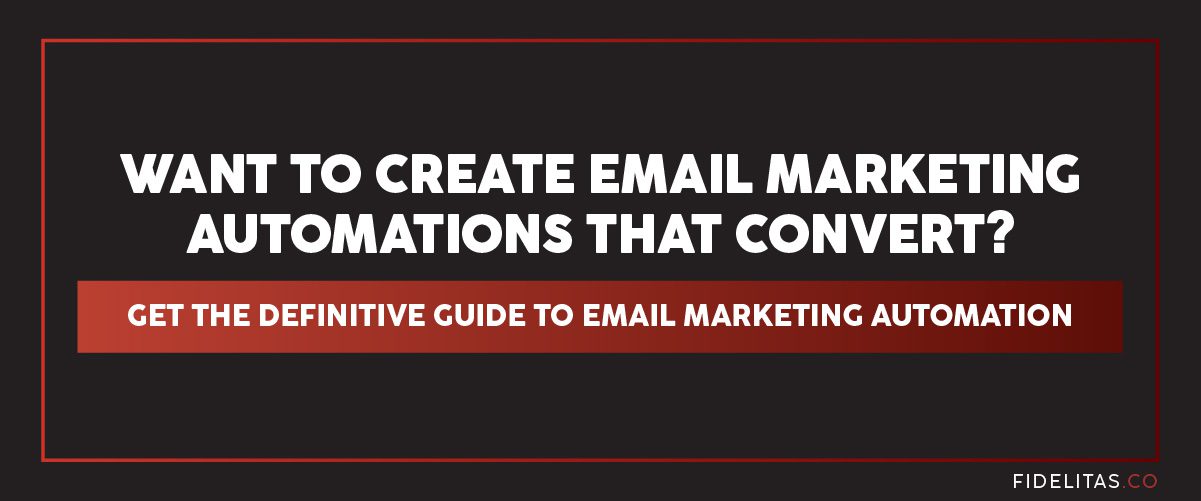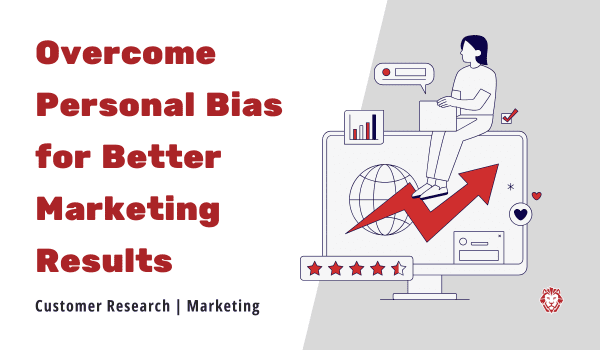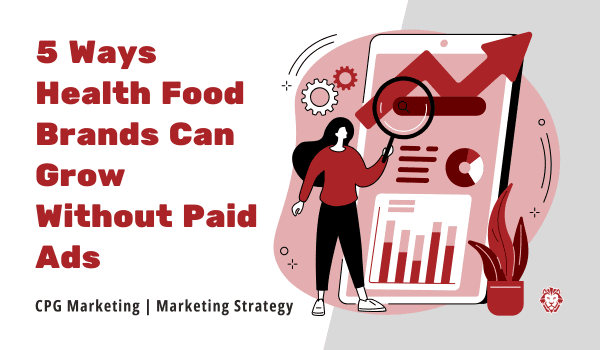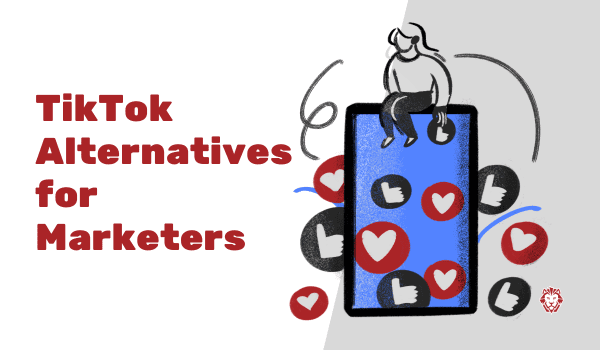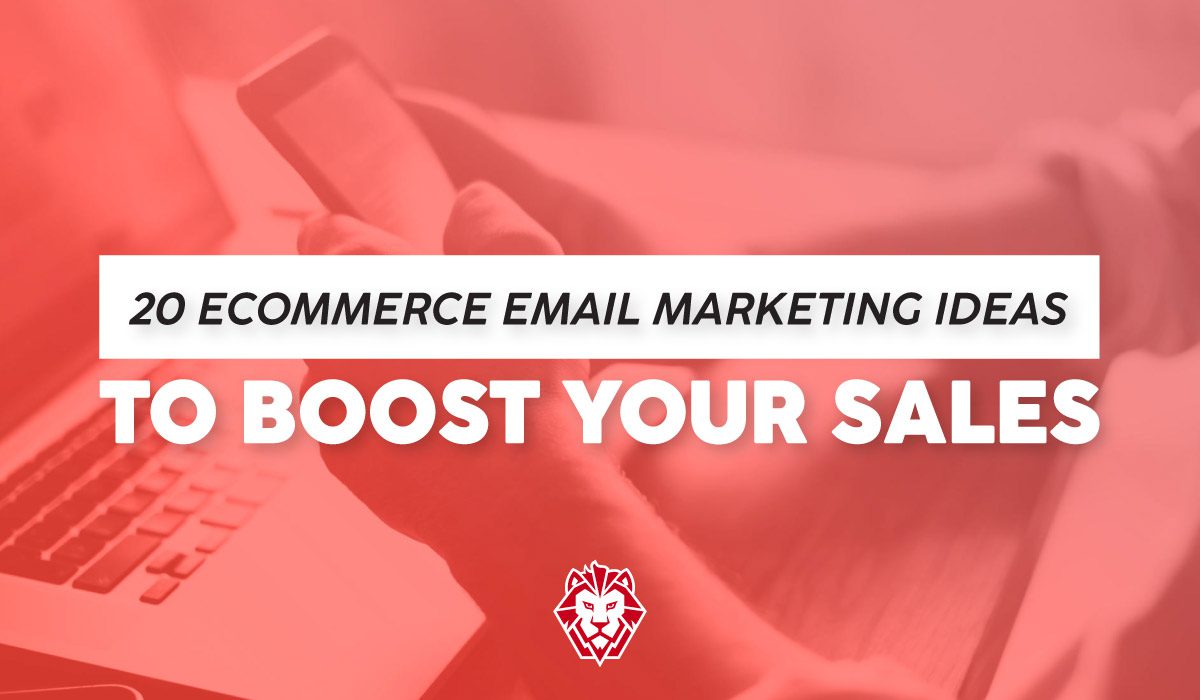
eCommerce Email Marketing Ideas to Boost Your Sales
Email marketing continues to be a cornerstone for eCommerce brands, offering a direct line to customers and a cost-effective method to boost sales. With increasing customer acquisition costs, focusing on existing customers through strategic email campaigns is more crucial than ever.
In this comprehensive guide, we’ll revisit essential eCommerce email marketing campaigns and introduce innovative strategies to keep your customers engaged and drive sales.
Table of Contents:
The Essentials Of eCommerce Email Marketing
1. Welcome Flows
2. Post-Purchase Flows
3. Cart Abandonment Emails
4. Feedback Request Flows
Unique Email Campaigns To Implement
5. The Essential Products Newsletter
6. Back In Stock Emails
7. New Products
8. Teaser Emails
9. Flash Sales
10. Gift Guides
11. Loyalty Program Emails
12. Exclusive Birthday Offers
13. Product Use Guides
14. Share Your Blog
15. Company Anniversary Promotions
16. Monthly or Quarterly Newsletters
17. Testimonials
18. Best Sellers Email
19. Product Highlight Email
20. Referral Emails
The Essentials Of eCommerce Email Marketing
Before we dive into all the unique email campaign ideas you can start implementing, let’s go over the essential components of email marketing. Whether you’re an eCommerce start-up navigating the world of email marketing for the first time or you’re a seasoned veteran, it never hurts to revisit the basics from time to time.

1. Welcome Flows
The welcome flow is arguably the most important series of emails you’ll ever send your customers.
Why?
Because it’s likely their first direct point of contact with your brand. Sure, they visited your website and might have followed you on social media, but you’ve never spoken directly to them before this email.
Setting up the flow is relatively straightforward. A welcome flow usually consists of three emails that gradually introduce customers to your business and attempt to convince them to purchase from your store.
The most popular way of obtaining email addresses is to offer a discount for joining the list. If you employ this tactic, you must provide that discount in the first email you send. If you don’t, it’s unlikely that they’ll stay subscribed or open the other emails you send them.
Recipients are taken out of this flow once they’ve completed the flow or have made a purchase. Adding an extra sense of urgency and reiterating that the discount offer is only valid for a limited time are great ways to boost sales toward the end of the flow.
2. Post-Purchase Flow
The post-purchase flows are a drastically underutilized facet of eCommerce email marketing. As the name suggests, users are added to this email flow after purchasing from your online storefront.
Most brands implement some version of a post-purchase flow that includes order confirmation and shipping details—the latter of which is usually automated. These are emails you’re probably used to receiving if you shop online.
By expanding your post-purchase flow beyond these two emails, you can help build further rapport with your customers and work towards gaining a second purchase.
Depending on the type of business you run, you can take different routes with these additional emails.
If you’re a clothing brand, you can send an outfit guide that tells customers how they can style the shirt they just purchased.
Or if your brand sells personal grooming solutions, send a guide that explains to customers how they can properly use and maintain their clippers.
You can also try to cross-sell what would pair well with what the customer already bought.
3. Cart Abandonment Emails
Cart abandonment is a more significant issue than most brands realize. To give you an idea of how big the issue is, Shopify reported that nearly 70% of all online shopping carts get abandoned. So of all the potential customers visiting your website, you’re only making sales 30% of them.
It’s going to be impossible to convert everyone who visits your website, but brands can recapture some of their lost customers by adding cart abandonment flows to their eCommerce email marketing strategies.
Before writing your cart abandonment emails, it’s important to understand why carts are being abandoned in the first place. According to Shopify, unexpected shipping costs are one of the most common reasons customers don’t follow through with their purchases.
Offering free shipping on an order is an easy way to fix this issue via email.
Sometimes a customer simply gets distracted and needs a reminder to finish checking out.
Both of these are issues that can be quickly addressed via email, but other potential problems Shopify identified—like complex checkout processes and security concerns—will require you to work on your website.
4. Feedback Request Flow
This is another flow that you need to start implementing into your eCommerce email marketing strategy. After a customer has completed the entire customer journey, add them into this flow and solicit their review of the product that was purchased.
How long you wait before sending them the first email is really dependent on your industry. If it’s a product that’s intended for everyday use you can probably ask for a review within the first week. If it’s not an everyday-use item, waiting a week or two after delivery should give them enough time to use and form an opinion about the product.
The goal here is threefold. First, having positive reviews about your products will encourage others to go through with the purchase. Secondly, it signals to the customer that you see them as more than just another number on a sales sheet. And finally, if there’s an issue with a product, you have a chance to rectify the situation before you receive a negative review online.
Unique Email Campaigns To Implement
5. The “Essential Products” Newsletter
This campaign is all about showing customers the essential products they need to complete their “collection,” so to speak. That collection could be the customer’s wardrobe, toolbox, makeup bag, coffee or liquor bar, etc. Think about what type of collection your products would fit into, and create a list of products your brand deems essential to completing that collection. That’s all there is to it.
6. Back In-Stock Emails
There’s nothing worse than deciding to purchase a product only to find out that it’s sold out. Losing a sale isn’t your brand’s only problem during a stockout. If a customer has been in your sales funnel, you risk having to start the process over again—remember, it takes approximately 8 touchpoints for a customer to be ready to convert.
You can alleviate the frustration felt by customers in a couple of ways. If stockouts aren’t a common problem for your business, you can offer to send customers a back-in-stock email. Simply offer this as part of an email submission form on that page.
If your company has regularly rotating stock, then you can send a mass email to your customers notifying them that popular products are finally back in stock.
7. New Product Emails
This one should be a no-brainer. Every time your company releases a new product, there needs to be an email campaign built around the product launch. Think about it. Unless your email subscribers are paying close attention to your website—they aren’t—they’ll never know that you’ve added new products to your store.
8. Teaser Emails
Teaser emails go hand-in-hand with new product emails that get sent out on the day of a product launch. And they’re especially important if new products are uncommon for your brand. This is essentially a hype campaign building up to launch day. Your goal is to get customers interested in the product before it’s out. That way, they’re ready to buy on day one.

9. Flash Sales
We’ve seen a tremendous amount of success with flash sales. Customers love surprise offers, and if you can tie your flash sales to a relevant event, that’s even better! Back in December 2022, during the wave of snowstorms across the country, we sent out a “snow storm flash sale” for one of our clients that saw a 60% open rate! That’s 3x more opens than the average email marketing campaign!
10. Gift Guides
The holidays offer email marketers a plethora of unique opportunities to engage customers and make sales. Putting together a gift guide and sending it to your email list is a great way to showcase your best-selling products and highlight any sales you’re offering for the holidays.
Black Friday and Christmas are probably the first holidays that come to mind when thinking about gift guides, but you should take advantage of any national or commercial holiday that lends itself to your brand. Even obscure events like “National Hangover Day” on January 1st or “National Gourmet Coffee Day” can be used effectively by the right DTC brands!
11. Loyalty Program Emails
If you run a loyalty or rewards program, sending out periodic emails is a good way to remind them of the rewards points they’ve built up while encouraging them to make another purchase. Try sending an email blast to members who are close to achieving the number of points they need to redeem their rewards. Or you can offer double rewards points for qualifying purchases for a limited time. There are a number of ways you can creatively use your rewards program as part of your email marketing strategy.
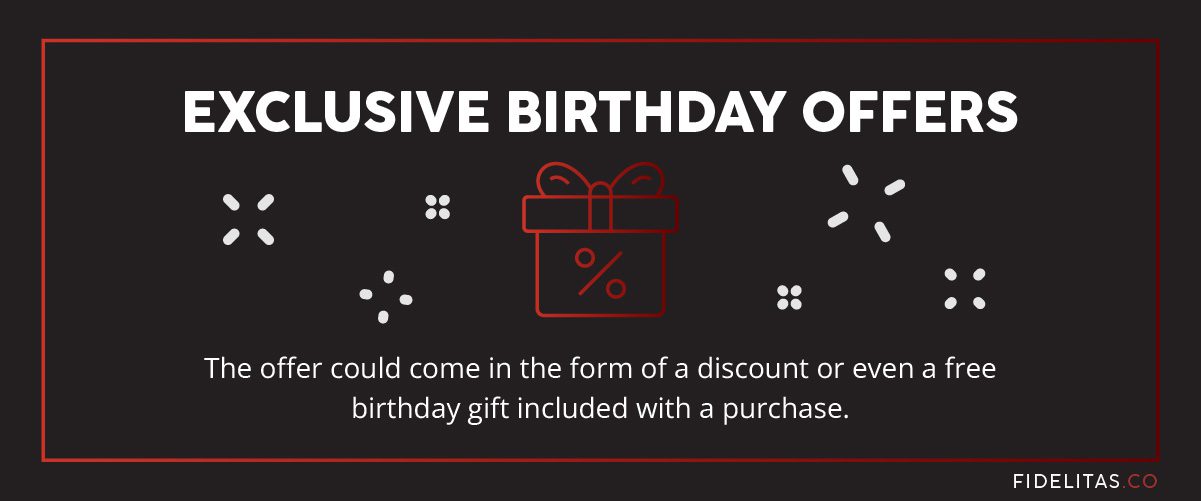
12. Exclusive Birthday Offers
This is one sale that shouldn’t come as a surprise to your customers. Make them feel special by sending them a special offer on their birthday. Most companies that do this only make the offer valid for twenty-four hours to instill a sense of urgency. The offer could come in the form of a discount or even a free birthday gift included with a purchase. Also, it doesn’t have to be anything huge.
Take some inspiration from a few brands that are household names. Brands like Sephora or Ulta offer free sample kits. Yankee Candle has previously offered a free $13 candle. In years past, H&M has offered 25% off a single item.
With birthday gifts, the sky’s the limit.
13. Product Use Guides
Product use guides are an easy and effective way to make your email marketing more valuable to your customers. Sure, you could send nothing but promotional emails. But even if all your deals are phenomenal, customers are eventually going to check out unless they’re actively looking to buy something from you. Adding additional value signals that your emails are more than just a marketing ploy.
Essentially, a product use guide explains to a customer the most effective and safe way to use and maintain the product they just purchased.
For a razor company, a product use guide could explain how to find the right angle for the perfect shade. Or it could focus on how to maximize the life of each razor blade. For a clothing company, a product use guide could be a guide on the different ways to style an outfit using the shirt the customer just bought.
14. Share Your Blog
If your brand publishes a blog, then this email campaign makes sense and requires very little leg work. Once you’ve come up with a couple of compelling subject and preview lines, write a short synopsis about your latest blog and include it in your email. Or, instead of a synopsis, just include the first paragraph of the article.
Throw in a clear CTA like “learn more” or “read the full article,” and you’re done with the copy. This email basically writes itself!
15. Company Anniversary Promotions
Besides customer birthdays, there’s one other yearly milestone you can incorporate into your eCommerce email marketing. Your company’s anniversary is an important milestone, and inviting your customers to celebrate it with you is a great way to encourage them to engage with the company.
There are a variety of ways you can do this campaign. You can announce that the company is celebrating by offering a limited-time offer or discount. You can send an email detailing the company’s achievements for the year or since it launched. Conversely, if your brand gives a percentage of profits to a charity or cause, you can make an email about the impact that customers have made!

16. Monthly or Quarterly Newsletters
Newsletters are slightly different than the other types of email marketing campaigns we’ve mentioned thus far. Typically, these emails are used to send updates from the company, inform customers about relevant industry news, and highlight any new products or services the company is offering.
Unlike the majority of eCommerce email marketing campaigns that are focused on sales, periodic newsletters are better for driving engagement and fostering a relationship with customers. When approaching this type of campaign, think about how the newsletter can be valuable to your customers.
17. Testimonials
Brands no longer command the same level of public trust that they once did. Consumers are increasingly weary of traditional advertising and marketing, and large businesses have been largely tone-deaf in their assessment and response to this revelation.
Finding ways to build trust with the people in your email list doesn’t have to be complicated. Social proof is one of the most effective ways to build trust with prospective customers. If you develop your post-purchase flow with a feedback request like we suggested earlier, you should organically receive some reviews.
Showcase some of those positive stories in an email campaign. Let people know what other customers are saying about your products. They’ll be more inclined to believe other customers, which in turn will make them more likely to purchase your products.
18. Best Sellers
The concept behind this email campaign is very simple. Periodically send out an email showcasing a list of your best-selling products. Include some of the best reviews customers left for that product, and encourage recipients to get in on the trend. The best part about this type of campaign is that it requires little copy, the content creates itself, and you can use it at the beginning or end of every quarter or season.

19. Product Highlight
A product highlight email uses the same concept as the best seller email, except this campaign is focused on a single product. Ultimately what product you choose is up to you, but we’d recommend featuring something that is either being well received or is still relatively new.
If applicable, tell recipients the product story. Why it’s valuable, select a few prominent features to highlight and tell prospective buyers why customers love the product. And like the best sellers campaign, you can send out this email multiple times a year.
20. Referral Emails
Admittedly, this campaign is a little more niche and is only applicable if you have, or are interested in developing, a referral program. If that’s something you already have or are interested in starting, then keep reading.
Remember what we said about people believing what others have to say about your products more than they believe in your marketing? Well, this puts the power of social proof directly into your customers’ hands.
Send out an email encouraging your repeat customers to become brand affiliates. Highlight the benefits that your affiliate program offers, and explain how easy it is to get started. If they’re interested, then they’ll start sharing your products with others, and it’s off to the races.
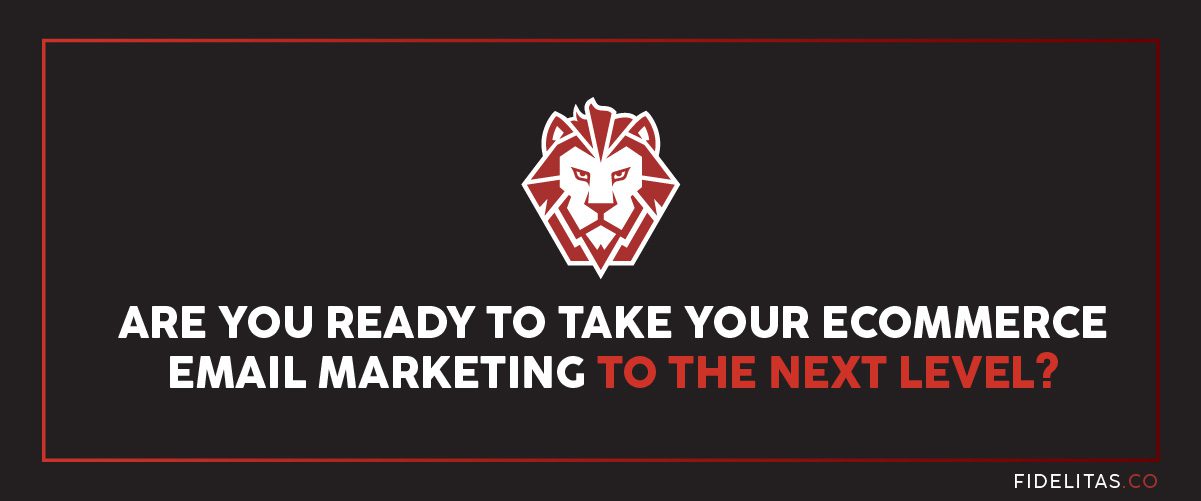
Are You Ready To Take Your eCommerce Email Marketing To The Next Level?
Email marketing can be intimidating. If you’re just starting out, there can be a lot of leg work involved in setting up email flows and consistently creating content for email campaigns. If you’ve been around the block, you know that simply setting up emails isn’t enough. Making sure every aspect of your retention marketing strategy is optimized takes both time and experience.
Email is arguably the most profitable channel a brand can utilize, and we understand the importance of getting it right.
If you’re ready to see improvements in your email marketing efforts, contact Fidelitas today to learn how we can help you create and execute a winning eCommerce email marketing strategy.

